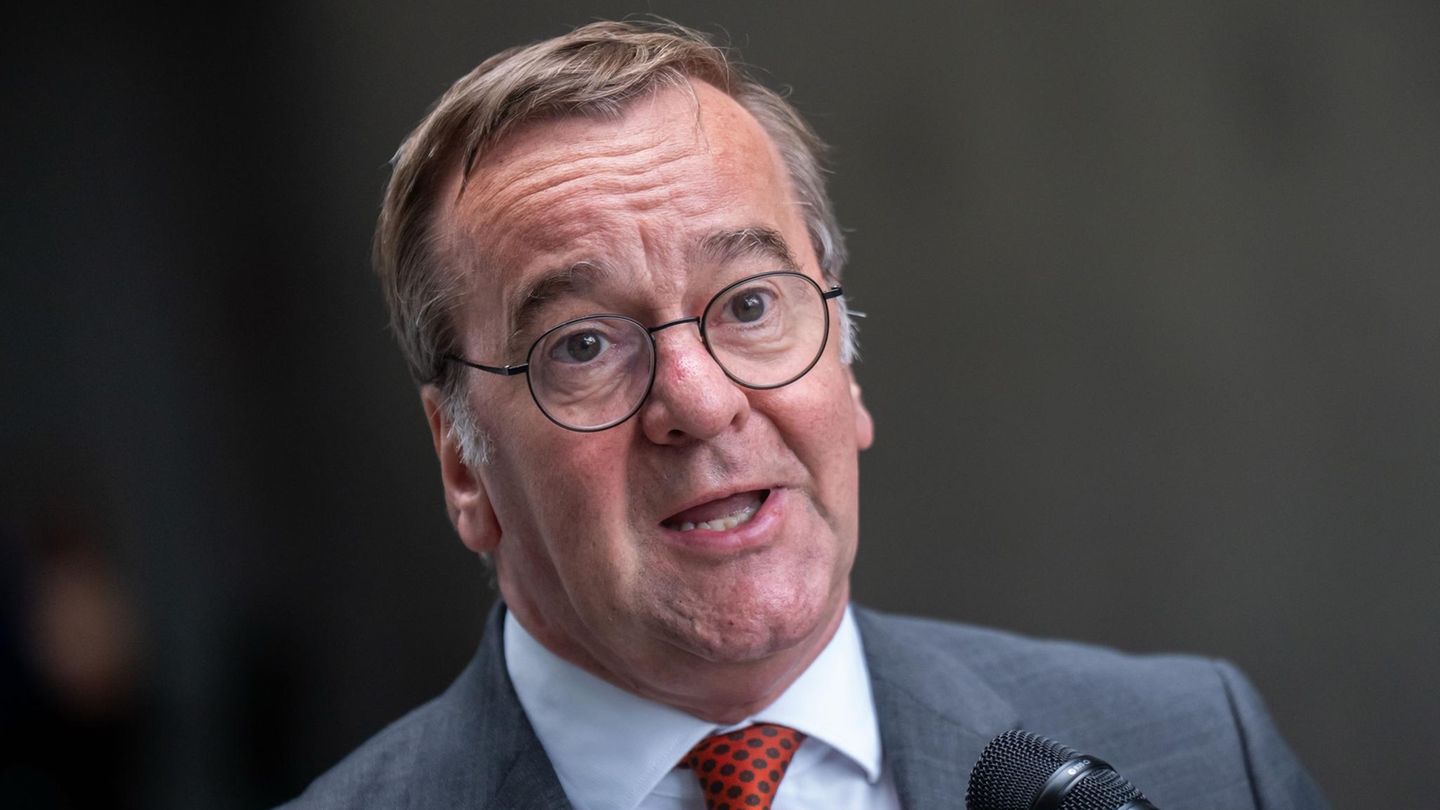The fundamental challenge that the next administration must address is the balance on the balance sheet of the Central Bank (BCRA), according to the economist and director of the consulting firm Eco Go, Marina Dal Poggetto. And he assures that this is because there is a shortage of Dollars and excess weight.
To overcome this situation, he maintains that a dismantling is required pragmatist of exchange controla reduction in the liquidity of non-indexed pesos and/or restructuring of pesos that are indexeddistributing costs and facilitating the transition to a more conventional economic scheme.
The economist warns that the private sector perceives worrying symptoms, which include double-digit monthly inflation, an exchange rate gap of 115% and a marked disparity in relative prices in an economy “that has not grown since 2012.”
Maintaining the status quo is unviable
For Dal Poggetto, “maintaining the status quo”, that is, things as they are at the moment, for four more years under these circumstances, “is unfeasible.” According to statements by the economist in a note she wrote in the newspaper The nation.
However, when referring to the issue of dollarization, Dal Poggetto Submits that The proposal to abandon the peso “is not the problem”, but the “pesification” of the economy is.
And he warns: “The BCRA issued a large amount of remunerated pesos and we have nothing to offer in exchange.” The proposals to borrow dollars and/or move towards an accounting scheme of dollarization of deposits can erode the value of the bonds in dollars or deposits in dollars.
For the economist, an uncontrolled approach could generate excessive liquidity in pesos if a dual exchange rate regime is adopted with a free dollar, similar to the Bunge and Born Plan, which could trigger a need for restructuring.
Governance in three dimensions
The uncertainty surrounding the contracts related to these options, in a still distant electoral scenario, is leaving the economy without a reliable anchor. Thus, he proposes that governance must be addressed in three dimensions:
- Ensure that the program moves forward without triggering riots in the streets.
- Allow the approval of laws necessary for stabilization and structural reforms in a federal country with a Senate controlled by the provinces.
- Expand the horizon in a democracy where alternation is the norm; that is, ensuring that the reforms are maintained over time without drastic changes. This is not achieved through drastic approaches.
Dal Poggetto indicates that the economy has gone “from a closed model in the 1980s to an open one in the 1990s and then to an increasingly closed one since the early 2000s.””. Which has generated problems similar to those of the 80s, in a world that is experiencing a rapid change towards a new global consensus different from that of the 90s. Therefore, “Uncertainty about the future and economic options is affecting stability”.
Dal Poggetto’s proposal: initial shock
In this context, he maintains that “a stabilization program to correct the distortion of relative prices is vital, the exchange gap and establish a credible anchor to reduce inflation without an exaggerated response in the interest rate in pesos,” says the EcoGo economist.
This would also imply reducing the fiscal deficit and reestablishing an interest rate in dollars that reduces uncertainty about the ability to refinance maturities starting in 2025.
Likewise, he asserts that “the space for a gradualist approach, as was had in 2015, no longer exists”an “initial shock” is now required to correct distortions in relative prices and establish a credible anchor”, since according to his analysis of the situation, it is not possible to gradually correct relative prices with the current inertia and with each passing day, “the costs of a correction increase.”
Consequently, the crucial question the economist poses is not whether to continue with a gradual approach or apply a shock, but whether that shock “can be controlled”, that is, avoid an exaggerated reaction in the interest rate in pesos and allow the deindexation of spending in a negotiated manner.
Dal Poggetto recognizes, therefore, that any option has associated costs, and The key is to choose those that are “most beneficial to maintaining governance.” and avoid a “1989-like outcome,” which resulted in a restructuring and perpetuation of the status quo.
“It is important to remember that Convertibility quickly allowed the economy to be monetized after a strong depreciation and a marked increase in the dollar when (Carlos) Menem took office in 1989,” recalls the economist. And she assures that “the current situation offers opportunities to quickly recapitalize the BCRA and establish a strong currency.” On that train she calls to avoid wasting this opportunity by looking for shortcuts that do not lead to a sustainable solution.
In summary, María Dal Poggetto’s proposal:
- The fundamental challenge facing the Argentine economy is the balance in the balance sheet of the Central Bank (BCRA)which is in deficit due to a shortage of dollars and excess pesos.
- To overcome this situation, a combination of measures, including the pragmatic dismantling of exchange control, the reduction of the liquidity of non-indexed pesos and/or the restructuring of the pesos indexed.
- The room for a gradualist approach no longer exists, and an initial shock is required to correct relative price distortions and establish a credible anchor.
- The crucial question is whether this shock can be controlled to avoid an exaggerated reaction in the interest rate in pesos and allow the deindexation of spending in a negotiated manner.
Source: Ambito
I am a 24-year-old writer and journalist who has been working in the news industry for the past two years. I write primarily about market news, so if you’re looking for insights into what’s going on in the stock market or economic indicators, you’ve come to the right place. I also dabble in writing articles on lifestyle trends and pop culture news.




